A cool experiment — a movie script written by a computer algorithm. It’s actually pretty riveting, but I challenge you to figure out what it’s about, LOL! bigsmile (Y) #AIScreenwriter #WhatDoesItMean


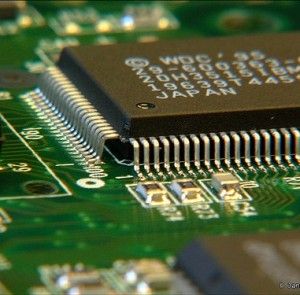
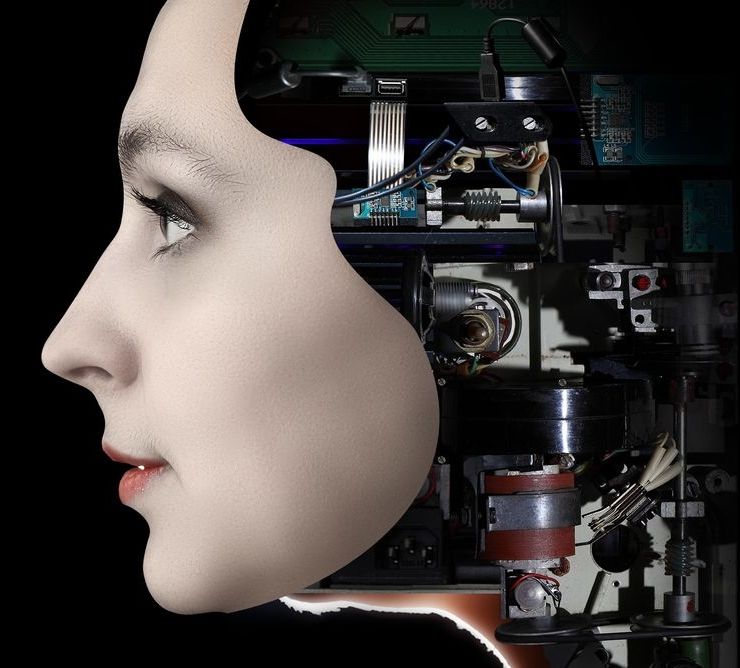
Has anyone ever run the numbers on just how many people hours and $ spent on AI since 1950? Think about it for a minute; and how little we have advance v. the enhancement of people since the 1990 with BMI technology, bionics, etc. and it’s cost. My guess is Mr. Elon Musk understands the ROI extremely well between AI/ Robots v. human enhancement technology especially where there is a larger return and repeat business opportunity.
Computing has been getting much smarter since the idea of artificial intelligent was first thought of 60 years ago. But are computers intelligent?

Actually, it is proving to be more effective, cheaper and quicker to advance people with technologies such as BMI v. trying to create machines to be human. BMI technology started development in the 90’s for the most part; and today we have proven tests where people have used BMI to fly drones and operate other machinery as well as help others to have feelings in prosthesis arm or leg, etc. So, not surprised by Musk’s position.
Would you ever chip yourself? The idea of human microchipping, once confined to the realms of science fiction and conspiracy theory, has fascinated people for ages, but it always seemed like something for the distant future. Yet patents for human ‘implants’ have been around for years, and the discussion around chipping the human race has been accelerating recently.
Remember when credit and debit cards went from smooth plastic to microchipped? That could be you in a few years, as multiple corporations are pushing to microchip the human race. In fact, microchip implants in humans are already on the market, and an American company called Applied Digital Solutions (ADS) has developed one approximately the size of a grain of rice which has already been approved by the U.S. Food and Drug Administration for distribution and implementation. Here is a video taken three years ago of DARPA Director and Google Executive Regina Dugan promoting the idea of microchipping humans.
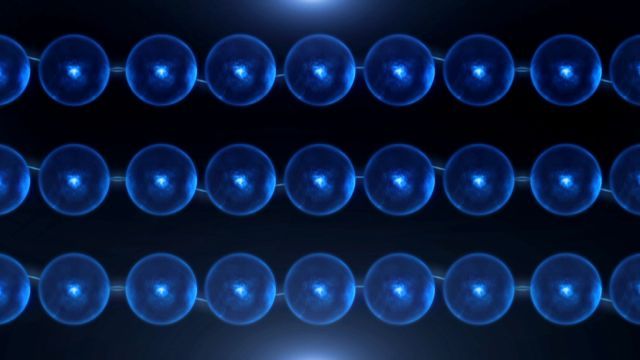
Great article; and does an excellent job in explaining how traditional QC operates in an analog or non-analog/ digital state; and Lee introduces us to a third pseudo-hybrid state sometimes referred to as adiabatic quantum computer. I must admit Chris Lee’s 1st remark “There are many different schemes for making quantum computers work (most of them evil).” threw me for a loop and then quickly understood it’s part of his humor which is certainly a way to capture the reader’s attention quickly.
BTW — This is one of the best write ups and POVs on QC that I have read so far.
Digital quantum network cleans up analog noise, allows quantum computation.

“What does it mean for a business to get things done? How does it channel the energy and activities of all its knowledge workers as they work?”
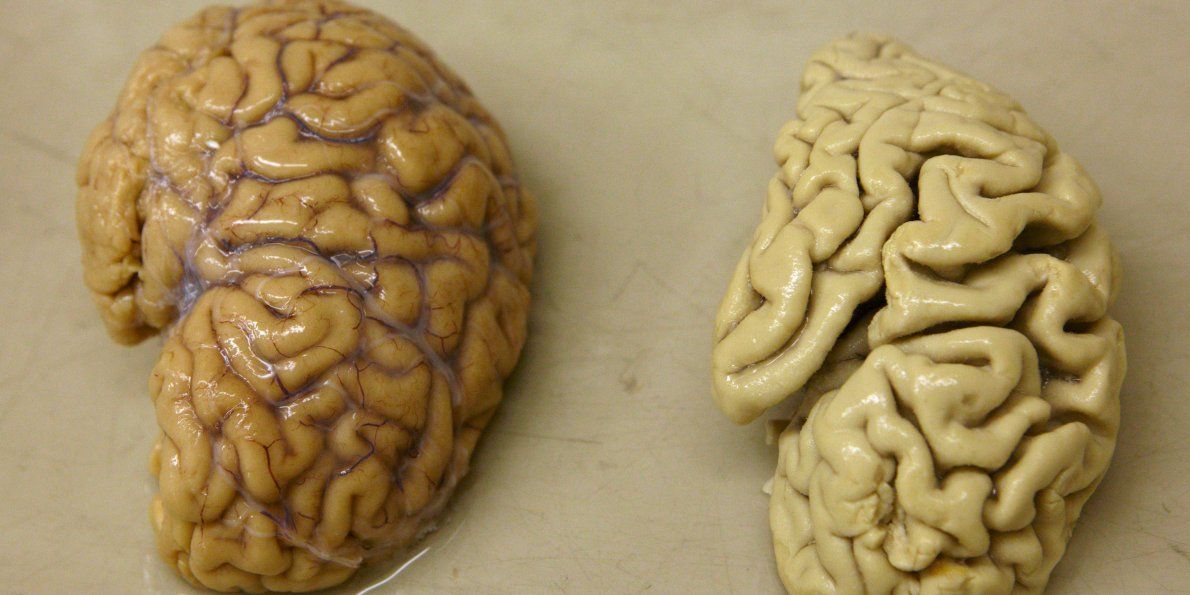

Using the CRISPR gene-editing tool, scientists from Harvard University have developed a technique that permanently records data into living cells. Incredibly, the information imprinted onto these microorganisms can be passed down to the next generation.
CRISPR/Cas9 is turning into an incredibly versatile tool. The cheap and easy-to-use molecular editing system that burst onto the biotech scene only a few years ago is being used for a host of applications, including genetic engineering, RNA editing, disease modeling, and fighting retroviruses like HIV. And now, as described in a new Science paper, it can also be used to turn lowly microorganisms into veritable hard drives.
http://io9.gizmodo.com/5935415/why-dna-is-the-future-of-data-storage
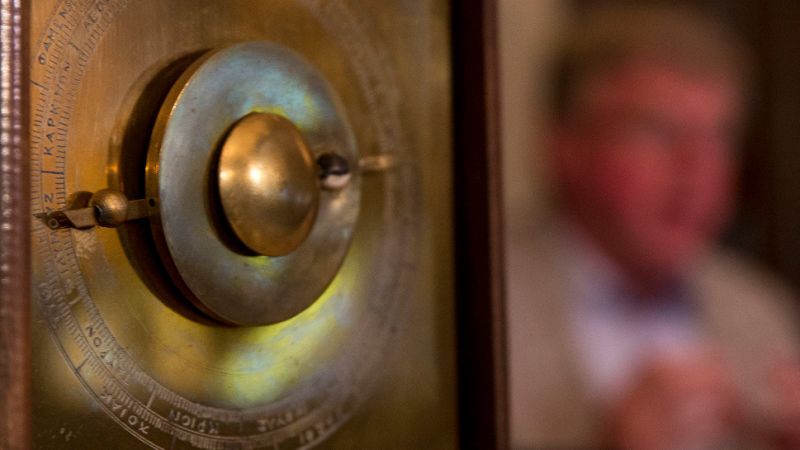
Discovered in an ancient shipwreck near Crete in 1901, the freakishly advanced Antikythera Mechanism has been called the world’s first computer. A decades-long investigation into the 2,000 year-old-device is shedding new light onto this mysterious device, including the revelation that it may have been used for more than just astronomy.
The Antikythera Mechanism is one of the most fascinating and important archaeological discoveries ever made, one that reveals the remarkable technological and engineering capacities of the ancient Greeks as well as their excellent grasp of astronomy. This clock-like assembly of bronze gears and displays was used to predict lunar and solar eclipses, along with the positions of the sun, moon, and planets. It wasn’t programmable in the modern sense, but it’s considered the world’s first analog computer. Dating to around 60 BC, nothing quite like it would appear for another millennium.
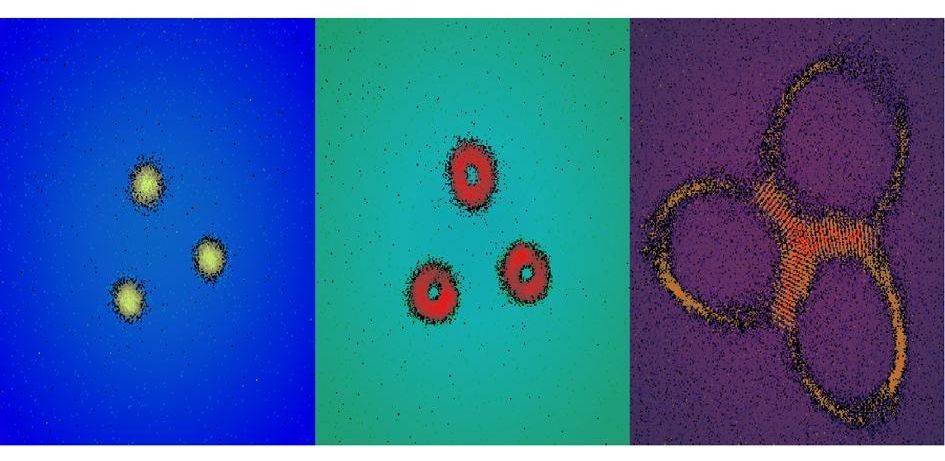
Check this out!
UChicago hasthis been able for the first time conduct an experiment shows the behavior of quantum materials in curved space. In their own words, “We are beginning to make our photons interact with each other. This opens up many possibilities, such as making crystalline or exotic quantum liquid states of light. We can then see how they respond to spatial curvature.”
Interplay of light, matter is of potential technological interest
These false-color images represent the quantum Hall state that UChicago physicists created by shining infrared laser light at specially configured mirrors. Achieving this state with light instead of matter was an important step in developing computing and other applications from quantum phenomena. Courtesy of Nathan Schine, Albert Ryou, Andrey Gromov, Ariel Sommer, and Jonathan Simon.
CHICAGO–(ENEWSPF)–June 10, 2016. Light and matter are typically viewed as distinct entities that follow their own, unique rules. Matter has mass and typically exhibits interactions with other matter, while light is massless and does not interact with itself. Yet, wave-particle duality tells us that matter and light both act sometimes like particles, and sometimes like waves.
Harnessing the shared wave nature of light and matter, researchers at the University of Chicago, led by Jonathan Simon, the Neubauer Family Assistant Professor of Physics, have used light to explore some of the most intriguing questions in the quantum mechanics of materials. The topic encompasses complex and non-intuitive phenomena that are often difficult to explain in non-technical language, but which carry important implications to specialists in the field.